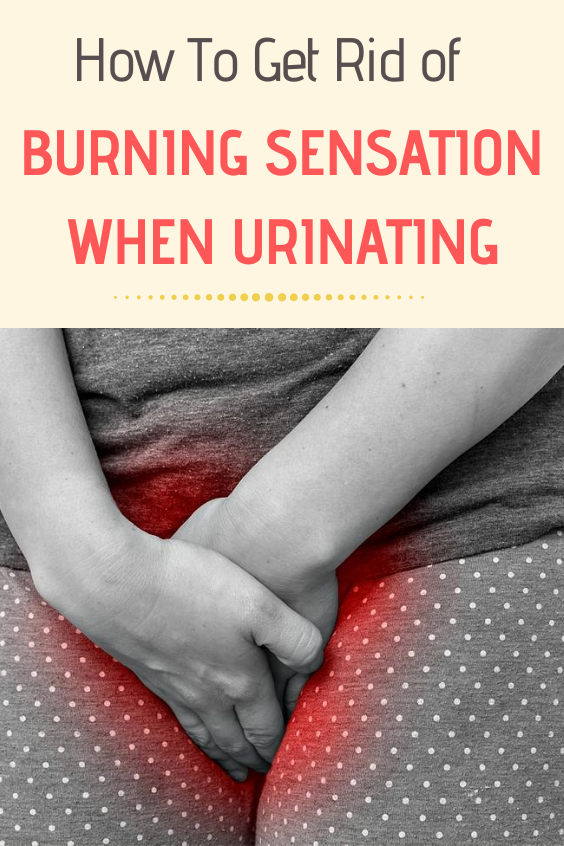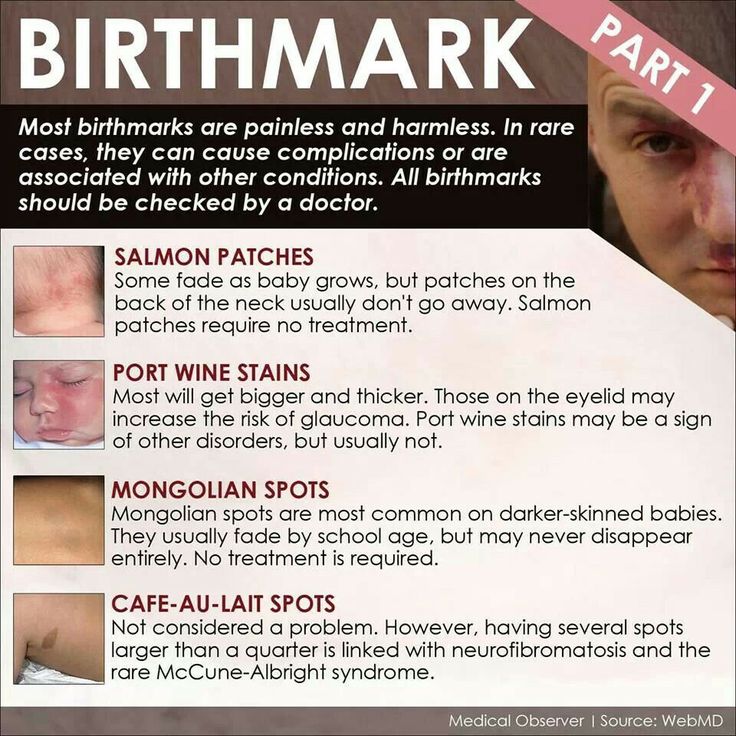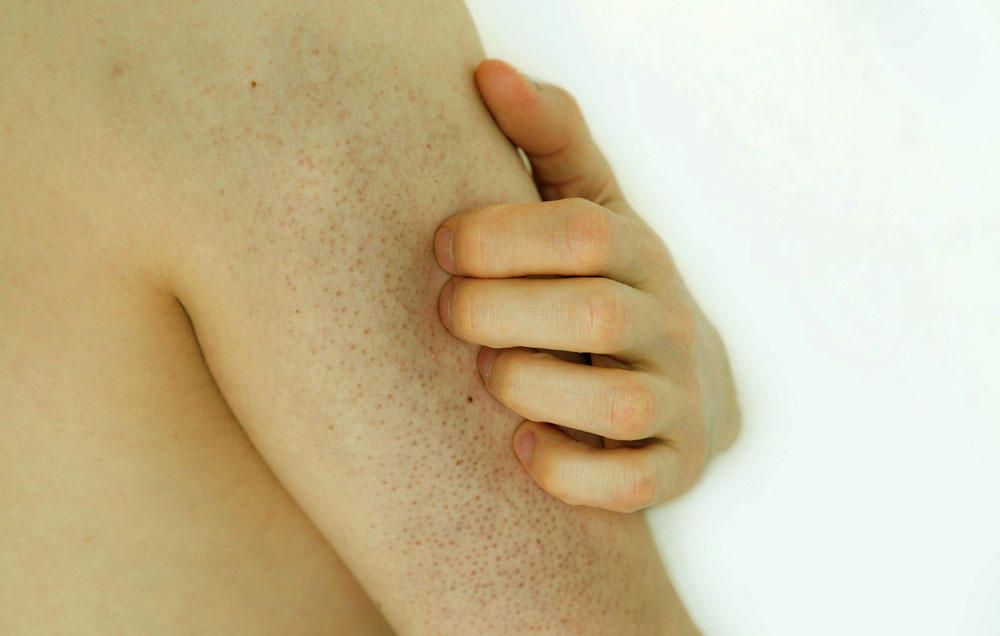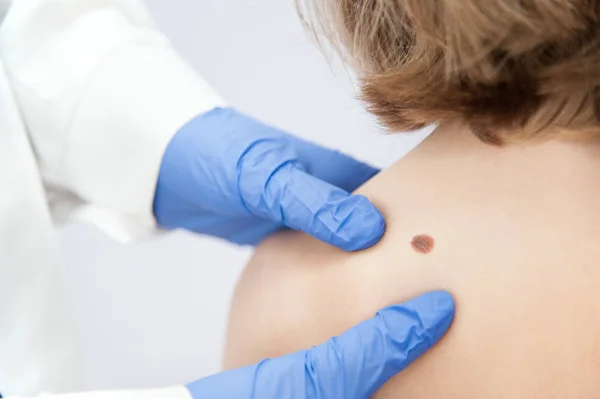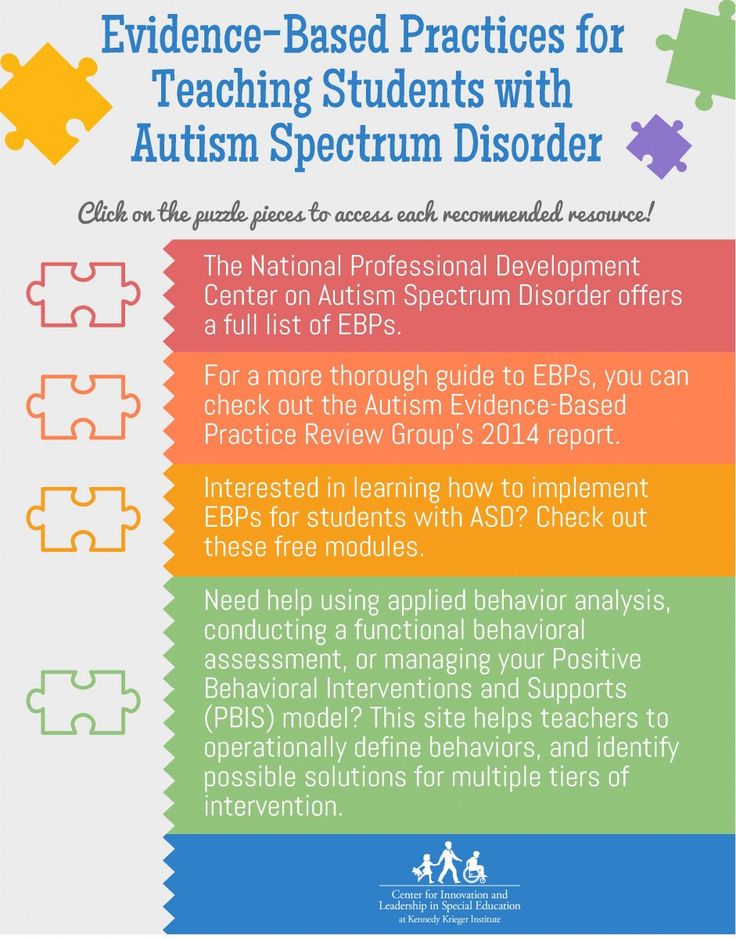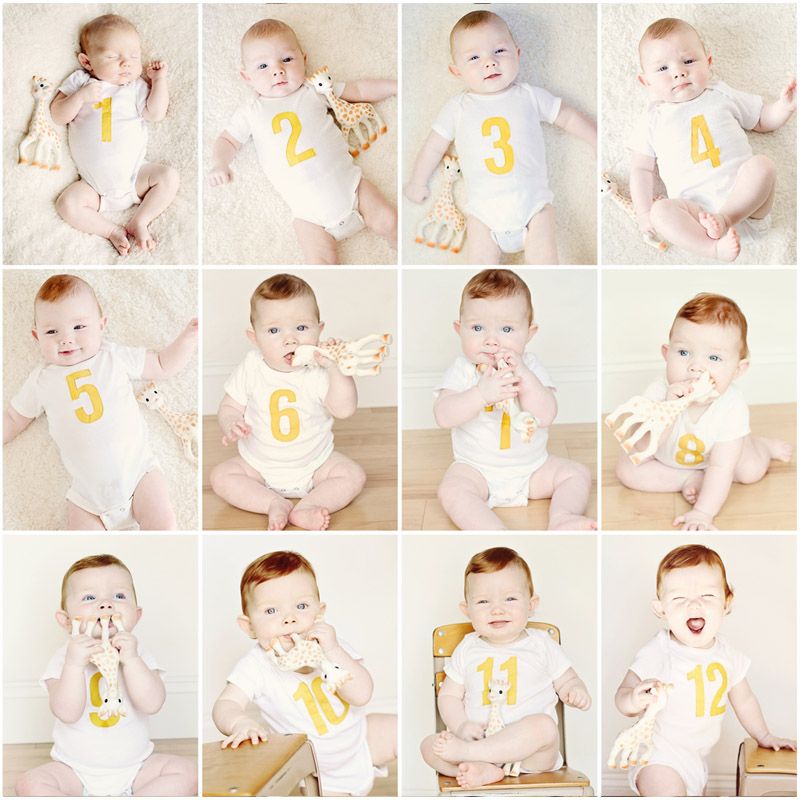Pain when urinating after c section
What Causes Pain with Urination after c Section?
The recovery from surgical childbirth can be painful, and pain when urinating is a common complaint. Cesarean section incisions are made very close to the bladder, so there can be some trauma as the baby is born. This is most often temporary and it usually heals during the six-week recovery phase. In some cases, there may be complications. This article covers the reasons you may feel some pain when you pee, symptoms you should report to your doctor, and things you can try to help ease your discomfort. Read further to learn more about this.
It is not uncommon to experience pain when you pee after childbirth. This happens more often in a vaginal delivery, but can also occur after a cesarean delivery. In most cases, pain when urinating is normal birth trauma that should go away as your body recovers from surgery. Some of the normal causes of pain with peeing include:
1. Urethral IrritationYou may have noticed after surgery that you had a urinary catheter inserted. This is so the bladder can be fully empty prior to starting surgery and keeping it from filling up during surgery. This will be left in until the anesthesia has fully worn off. After the catheter is removed, you may experience some irritation in the urethra when you pee. Some women report that it feels slightly similar to a UTI with burning, stinging, and pain.
Bladder spasms happen when the bladder muscle suddenly contracts, making you feel like you need to pee right away. This can cause pain when urinating after c section due to the bladder muscles being affected by the surgery and birth of your baby. Most women describe it as a “crampy” feeling just before and while they urinate. It may make you feel like you have to run to the bathroom right away. However, the cramping may persist while you are going and after you finish going pee.
If the pain doesn’t go away or gets worse, you may be experiencing a complication that needs to be addressed by your doctor. These include:
These include:
It isn’t uncommon to develop a urinary tract infection that may cause pain when urinating births. As many as 16 percent of new moms go through this after a cesarean. It is usually related to the urinary catheter they had to place for the delivery. Couple that with an epidural block for anesthesia which causes the urinary tract to go to sleep, and you have all the conditions for infection. This causes things like pain or burning when you pee, dark colored urine, sediment, and even fever. This condition does need treatment with antibiotics.
3. Bladder ProlapseChildbirth can cause your bladder to prolapse, and this can happen to moms who have had c-section deliveries. This is caused by changes to the muscles that hold up the pelvic organs. Late in pregnancy, hormones relax these muscles to get the pelvis ready for the birth. After you deliver, the muscles that hold up the organs tend to stay relaxed during the recovery period.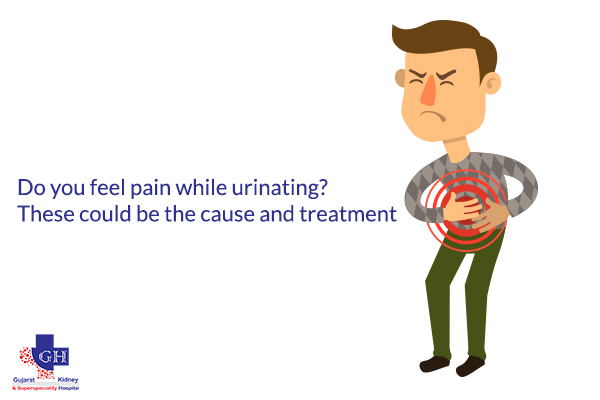 This can cause them to “flop” over. Other symptoms include dribbling of urine, peeing when you sneeze, and pain when urinating. It usually clears up on its own, but in a few cases, surgical repair may be needed.
This can cause them to “flop” over. Other symptoms include dribbling of urine, peeing when you sneeze, and pain when urinating. It usually clears up on its own, but in a few cases, surgical repair may be needed.
A vesicovaginal fistula can develop after a c section birth that causes urine to flow from a small hole between the urethra and the vagina. It is a result of surgery or infection after surgery and can cause foul smelling discharge, pain with urination, incontinence, and infection. While not common, if these do occur they need to be surgically repaired.
5.
AdhesionsAfter any type of abdominal surgery, adhesions can form in the pelvis. This is scar tissue that can cause the tissues to stick together. Adhesions may form on the bladder, urethra, or uterus, causing pain with urination. After surgery, your nurse or doctor can give you tips on how to prevent surgical adhesions. If they do occur, laparoscopic surgery can help remove them.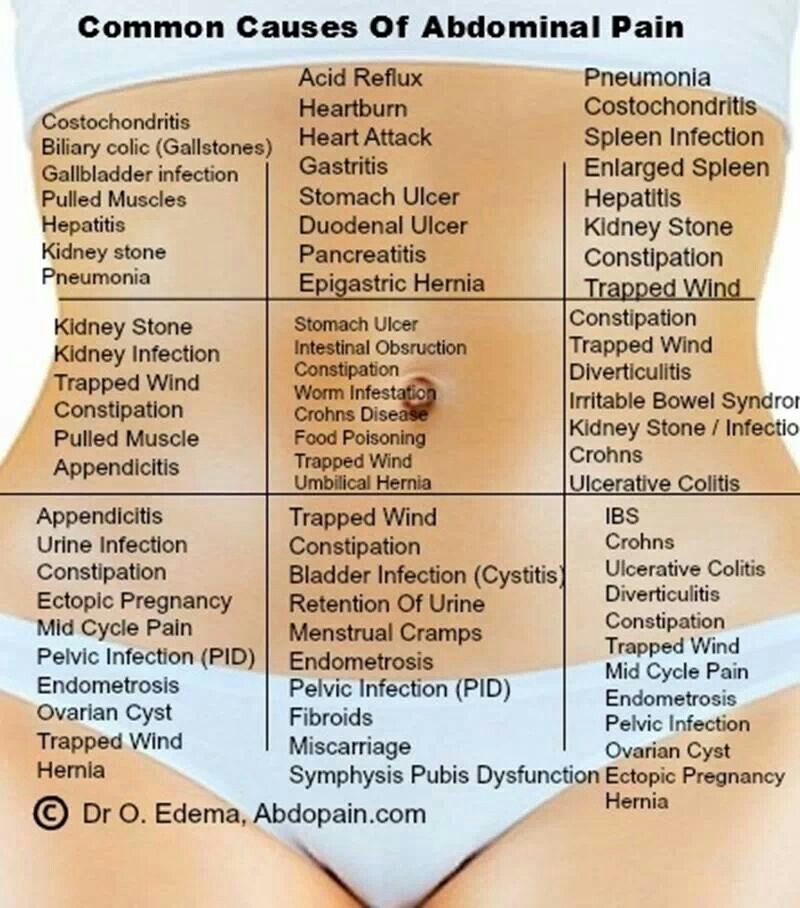
In the hospital, your doctor and nurses will be checking for signs of infection or complications before you go home. If you have pain when urinating after c section in the hospital, let your nurse know. Once you get home, you should contact your doctors office if you have:
- Fever over 99.0 ℉
- Pelvic pain with nausea and vomiting
- Foul smelling discharge
- Feeling the urge to pee, but can’t go
- Pain that doubles you over when you pee
- Dark, cloudy urine
- Unable to urinate
If your doctor isn’t concerned and you are early in your recovery phase, there are a few things you can do for comfort. Try these things:
- Place a pillow over your stomach. Sometimes pressure can help. When using the restroom to pee or have a bowel movement, try placing a pillow over your stomach and press in gently while you pee. This helps relieve pain and start the flow of urine.
- Use a rinse bottle.
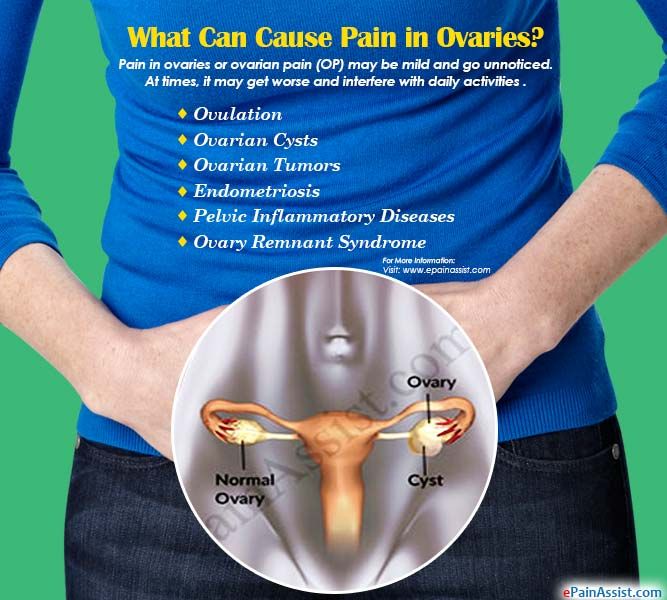 In the first few days, you may have burning pain that isn’t related to infection. Your nurse may show you how to use a “peri-rinse” bottle to soothe and cool the area after you pee. It also helps to put a bit of witch hazel in the water to help relieve inflammation down there.
In the first few days, you may have burning pain that isn’t related to infection. Your nurse may show you how to use a “peri-rinse” bottle to soothe and cool the area after you pee. It also helps to put a bit of witch hazel in the water to help relieve inflammation down there. - Drink extra fluids. It is easy to get dehydrated after childbirth, especially if you’re breastfeeding. This can make your urine thick and dark, which can burn. Make sure you get plenty of fluids in the days, weeks, or even months after you have a baby. This can also help flush out bacteria that could cause a urinary tract infection.
- Don’t wait to go. It is understandable that you’re busy with baby and your hands are full. Still, take the time to pee as soon as the urge hits and resist “holding it.” This can cause pain in the early weeks, and put you at risk for infection. This helps a lot to ease pain when urinating after c section.
I Couldn't Pee and Other Things I Didn't Expect After My C-Section
The actual surgical recovery was a cinch, but there were some super uncomfortable side effects I definitely hadn’t prepared for.
I had a scheduled cesarean section (aka C-section) at 38 weeks due to a pesky placenta situation. I was, of course, nervous for my first time in the operating room — and for major abdominal surgery, at that.
I was also anxious to meet my baby and see for myself — in real life and not on an ultrasound monitor — that he was just right.
Despite my fears, the surgery was a cinch. My placenta previa thankfully didn’t pose a problem during the delivery, and today the evidence of my incision is barely there.
And, as for my little boy, well, his 10 little fingers and toes are just delicious.
So aside from the mesh undies and post-op scar creams that other moms are always suggesting, I thought I was in the clear. Right? Wrong.
Yes, the actual surgical recovery was quick: I was walking around as soon as those horrid compression devices were stripped from my legs, and I was bounding up and down my stairs practically the moment I arrived home with my son — with only some Tylenol and Motrin to keep the occasional pain at bay. (Talk about stubborn new mom adrenaline!)
(Talk about stubborn new mom adrenaline!)
But there was C-section aftermath — super intense, although certainly not life-threatening, side effects — that I never fully expected. And they are, in fact, much more common than I thought.
I was warned about some post-op swelling, but I came home from the hospital larger — much larger — than I was during my entire pregnancy.
I felt like I looked roughly 20 months pregnant while already holding my newborn in my arms. I envisioned being able to easily button the cute pajamas I brought to the hospital, but instead I could barely tell where my legs ended and feet began.
Oh, and finding shoes to mash my feet into for my son’s bris 8 days after delivery caused a proper meltdown. (Hello, hormones!)
Anita Saha, MD, FACOG, notes that what I experienced is called postpartum edema — otherwise known as “the unspoken aftermath.” And, yes, to me it was just as jarring as it sounds, although apparently not uncommon.
“The cause of postpartum edema is directly related to what your body is programmed to do normally during a pregnancy,” explains Saha, a New Jersey-based obstetrician/gynecologist. “By the beginning of the third trimester, your blood has increased its plasma volume, without increasing red blood cells.”
“By the beginning of the third trimester, your blood has increased its plasma volume, without increasing red blood cells.”
That, she says, coupled with the dilution of albumin (a protein that keeps water in our veins) and the dilation of our veins themselves to increase blood flow to the placenta, causes swelling — especially in the feet, ankles, and legs, which due to gravity, have trouble getting blood back to the heart. These veins, she says, become “leaky.”
I wasn’t too swollen when I arrived at the hospital, but once I delivered, it really was like the weight in my abdomen dispersed throughout my body. That’s because, says Saha, all that extra blood in my uterus (that was once pressing down on the inferior vena cava and the veins in the pelvis) did actually spread into circulation and into those “leaky” veins… hence even more swelling.
Saha notes that while the aftermath can affect all types of deliveries, people who have C-sections sometimes experience more immediate swelling because they receive more IV fluids during the process.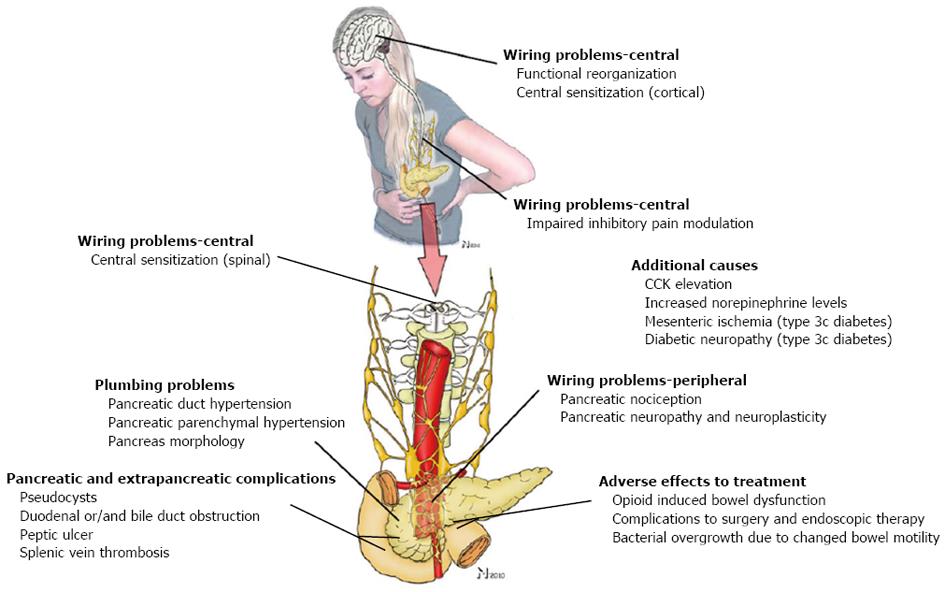 Lucky us!
Lucky us!
While it seemed like an eternity, Saha says edema usually resolves in 7 to 10 days. When it finally did, it was like a literal weight was lifted.
As soon as I was given the go-ahead, I asked to have the Foley catheter that was inserted into my bladder before my C-section removed so I could move around and get my blood flowing.
I did, but my bladder apparently didn’t realize that it was supposed to work on its own.
Many hours and numerous trips to the bathroom later, I still couldn’t pee. Only after two attempts to reinsert the catheter (holy smokes was this painful), did my body kick into gear.
While I originally thought my extreme swelling was the culprit, Saha says this is usually due to the epidural or spinal anesthesia — which causes a relaxation in the bladder muscle and therefore an increase in bladder capacity.
Post-epidural urinary retention is the official term for this common post-delivery side effect.
This can occur despite having a Foley catheter inserted to help with constant drainage during a C-section and post-op. As Saha explains it, hospitals have protocols about when the catheter can be removed, usually after 12 to 24 hours.
As Saha explains it, hospitals have protocols about when the catheter can be removed, usually after 12 to 24 hours.
But as she points out, “Despite protocols, individuals metabolize and clear the anesthesia in their body at a different pace. That means that some patients will have urinary retention because they are still experiencing the effects of the opioid medications in the epidural and/or spinal.”
It’s important to note, Saha says, that proper emptying of the bladder doesn’t mean dribbling or small amounts of frequent urination. Reaching this milestone means having a normal flow — and more communication with patients is needed to address this so they don’t have a problem later.
(Pooping is a whole other story that many new moms can tell. Are you worried your stitches will pop? Yes, yes you are.)
Perhaps I wasn’t sure if my abdomen even hurt after the surgery because the day I got home — so a little more than 72 hours post-op — I began developing a horribly painful and itchy rash across my midsection.
Which suddenly appeared on my lower back. And my upper thighs. Seemingly anywhere the surgical antiseptic (in my case, chlorhexidine) was applied.
And it lasted for more than a week.
I was literally walking around with ice packs secured by my underwear band to relieve the itchiness and additional swelling.
While I thought my case was an anomaly, Saha notes that chlorhexidine allergy isn’t rare.
“I also see allergies in the exact distribution of the adhesive tape that is on the surgical drape, so it looks like a band at the level of the belly button going around the sides. Some people also have allergies where the adhesive is on the inner thigh for the Foley catheter,” she explains.
“Unfortunately, it is impossible to predict who will develop an allergy when using a substance for the first time,” she adds.
I was reluctant to take anything for the discomfort because, well, I was a nervous new breastfeeding mom.
Saha advises topical hydrocortisone or Benadryl lotion for the reaction, but to avoid oral antihistamines and cold medications because they may drop your milk supply — which may not just naturally appear when your baby does.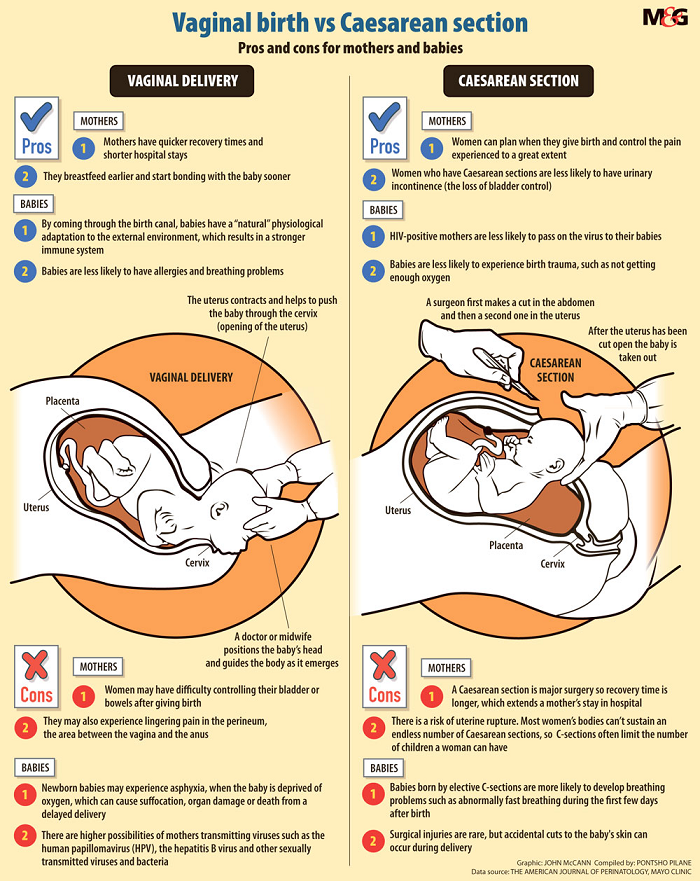
Yep, I will write that again: Your milk supply might not just naturally appear when your baby does.
I was able to physically breastfeed my baby as soon as I was given the post-surgical green light. And he was a natural. He had a good latch. We got into a proper position. And he was getting all the good stuff colostrum provides.
But that was all he was getting, and I had to pump, pump, pump (starting on day 3 of my hospital stay) to make my actual milk come in.
It was exhausting and upsetting — and I felt guilty, like I was failing at the first task that I wanted to accomplish as a mom.
Finally, after several days of nonstop pumping and feeding (and a few bottles of supplemental formula later, thanks to our pediatrician’s guidance), our exclusive breastfeeding relationship began — and pretty much lasted that way for roughly 10 months.
Clearly, I was not alone.
“This is, unfortunately, the most common problem for all patients after delivery,” notes Saha.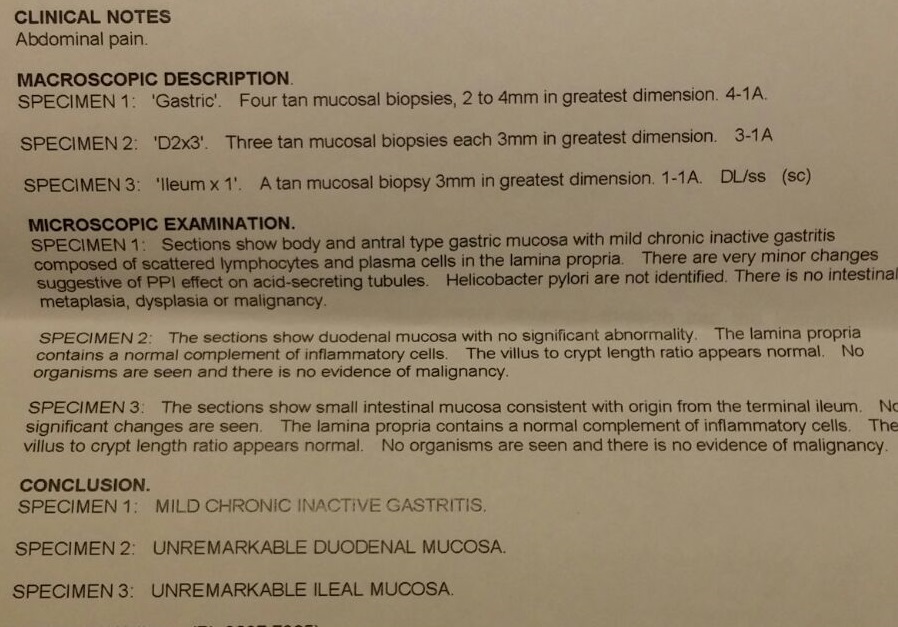 “It can take up to 5 days for the transitional milk — the white appearing milk — to come in after any delivery.”
“It can take up to 5 days for the transitional milk — the white appearing milk — to come in after any delivery.”
And it’s the hardest for moms who’ve had a planned C-section. Why? “With vaginal delivery, natural oxytocin is released during the labor process that triggers the breasts to start the milk production process — in conjunction with the hormone prolactin,” explains Saha.
“It is true that the separation of the placenta from the uterus does cause hormonal shifts that transition your body into milk production mode, but it is also well known that this transition happens slower after a first time C-section,” she says.
“With a planned C-section, there is no preceding labor. These patients have the hardest time getting their breast milk to come in typically,” Saha explains.
Of course, there may be other post-op factors at work, and lactation consultants should be on hand to help patients — and not just with the technical aspects of breastfeeding. They should also make sure that new moms know that they’re not alone, that fed is ultimately best, and that supplementing with formula until one’s milk comes in (even if the goal is to exclusively breastfeed when it does) is just fine.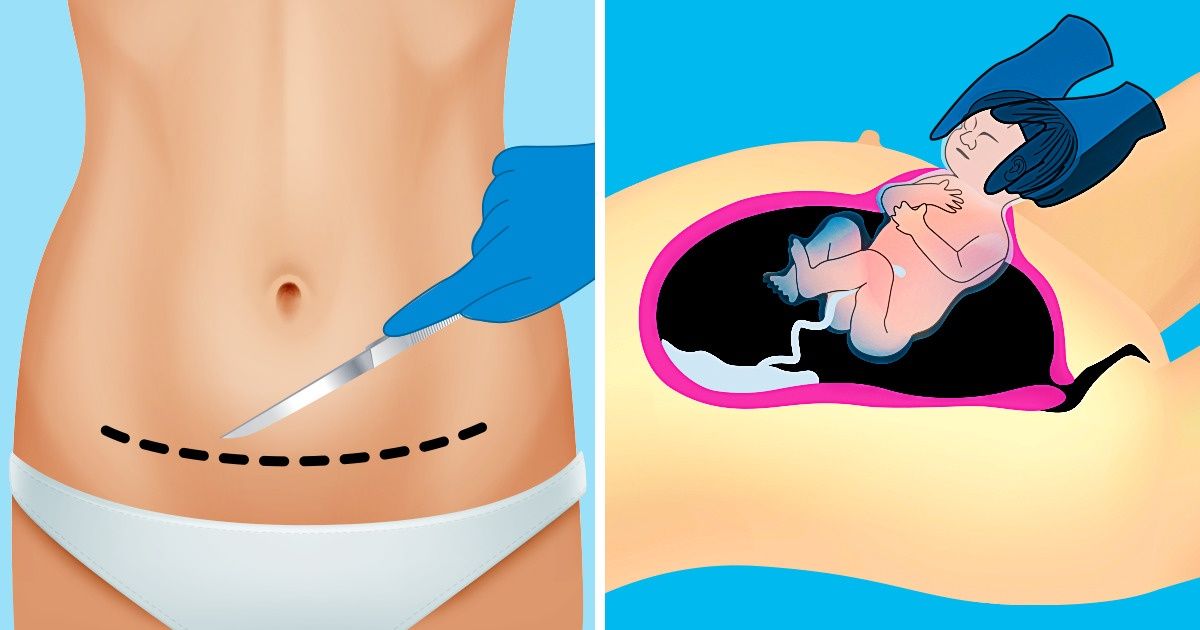
And new moms shouldn’t feel guilty like I did.
But, then again, bouts of mom guilt — as well as learning to roll with the punches starting at that miraculous moment you’re given your new baby to hold — is kind of like an initiation into motherhood.
Barbara Kimberly Seigel is a New York City-based editor and writer who has explored everything — from wellness and health to parenting, politics, and pop culture — through her words. She’s currently living the freelance life as she tackles her most rewarding role yet — mom. Visit her website.
🔍 popular questions about pregnancy and answers to them
Pain in the urethra after cesarean
Complain
April 27, 2017 20:32 at Postpartum recovery
Girls. She gave birth 4 months ago by caesarean section. As soon as the catheter was pulled out, there was pain when urinating. And it still doesn't work. I read that for many it took a month or two, but not as long. Especially the cramps immediately after the toilet and now have been added while walking periodically. Urinalysis is normal, urine culture showed streptococcus in a small titer, ab was discharged, but even during the reception it did not get any easier. The urologist says that they couldn't hurt anything, it doesn't hurt for so long. I don't know what to do anymore, I'm in constant depression. Another child is completely on guards and I'm afraid that apart from ab they will not prescribe anything, but they do not help. Advise something… I understand the diagnosis ur…
Especially the cramps immediately after the toilet and now have been added while walking periodically. Urinalysis is normal, urine culture showed streptococcus in a small titer, ab was discharged, but even during the reception it did not get any easier. The urologist says that they couldn't hurt anything, it doesn't hurt for so long. I don't know what to do anymore, I'm in constant depression. Another child is completely on guards and I'm afraid that apart from ab they will not prescribe anything, but they do not help. Advise something… I understand the diagnosis ur…
Pain during urination and blood after Cesarean
Complain
January 24, 2022 21:12 In Personal journal
Each time, no burning pain, no burning and frequent urge to urinate when urinating. to the toilet too. And every time the blood comes out. At first I thought it was lochia, but when I walk, the pad is almost clean, and every time a little bit of blood comes out in the toilet.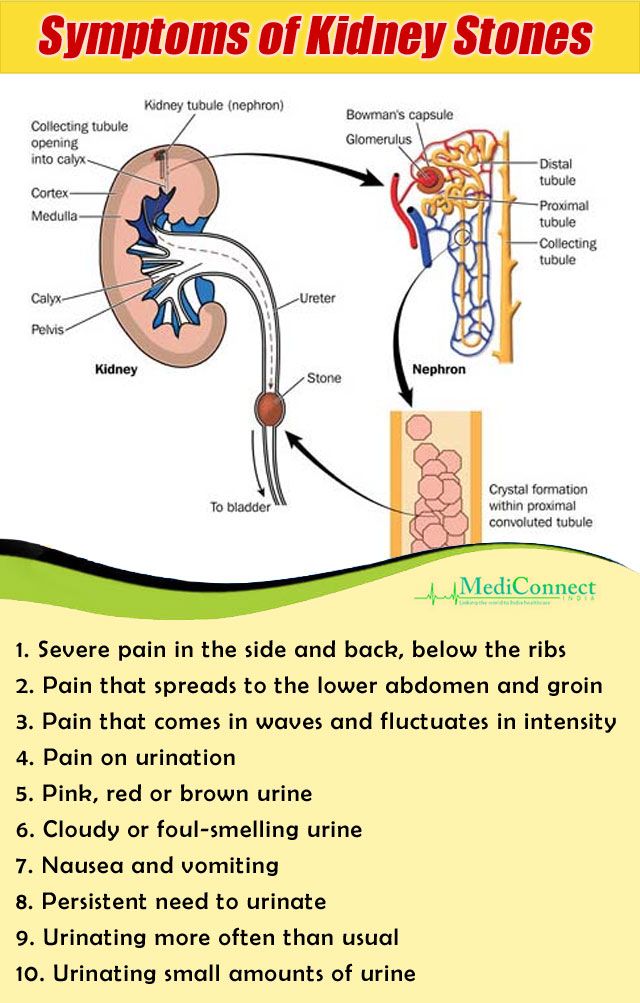 After the toilet, I walk bent over for a couple of minutes. When you urge, for the most part, there is also pain, such a prickling. Is it normal or not? And when will it pass? Tomorrow I'll be at my doctor, I'll ask, but maybe someone came across
After the toilet, I walk bent over for a couple of minutes. When you urge, for the most part, there is also pain, such a prickling. Is it normal or not? And when will it pass? Tomorrow I'll be at my doctor, I'll ask, but maybe someone came across
Pain after delivery: what, where and why it hurts
Complain was to give birth to children in agony ... Doctors classify pain during childbirth and pain after childbirth as inevitable. Even after almost painless childbirth, which is carried out under epidural anesthesia, women experience pain in the postpartum period. Most often, pulling pains after childbirth in the lumbar region and lower back are associated with displacement of the hip joints, as well as with the manifestation of those changes in the sacrococcygeal spine that occur throughout pregnancy and during the birth of a child. Causes of pain after childbirth We will look at typical pain after childbirth ...
6 118585Organization of breastfeeding after caesarean section
Complain
19 April 2011 20:48 at Breastfeeding
*If a mother is going to have a caesarean section, she usually worries about how her breastfeeding will turn out. There is a strong belief in our society that breastfeeding after a caesarean is much more difficult than after a normal birth, there are more problems, milk is lost, etc. However, lactation consultants know that it is possible to establish breastfeeding even with an adopted child, therefore organizing feeding after caesarean is no more difficult than organizing feeding after any other birth in a maternity hospital with separate content. Of course, like any other non-standard situation, feeding after a caesarean ...
There is a strong belief in our society that breastfeeding after a caesarean is much more difficult than after a normal birth, there are more problems, milk is lost, etc. However, lactation consultants know that it is possible to establish breastfeeding even with an adopted child, therefore organizing feeding after caesarean is no more difficult than organizing feeding after any other birth in a maternity hospital with separate content. Of course, like any other non-standard situation, feeding after a caesarean ...
August 2, 2011 02:28 at Personal Journal In our society, there is a strong belief that after a caesarean, breastfeeding is much more difficult to establish than after a normal birth, problems occur more often, milk goes out, etc. However, lactation consultants know that breastfeeding can be established even with an adopted child, so arranging feeding after a cesarean is no more difficult than arranging feeding after any other birth in a maternity hospital with separation. Organization of breastfeeding after cesarean section complain August 2, 2011 02:28 PM *Organization of breastfeeding after cesarean sections if the Caesarean section has been survived, it usually worries how it will become so about how her further with breastfeeding. In our society, there is a strong belief that after a caesarean, breastfeeding is much more difficult to establish than after a normal birth, problems occur more often, milk goes out, etc. However, lactation consultants know that breastfeeding can be established even with an adopted child, so arranging feeding after a cesarean is no more difficult than arranging feeding after any other birth in a maternity hospital with separation. Of course, like any other ... Breastfeeding after caesarean section. Complain October 18, 2012 2:51 pm at Breastfeeding When a mother learns that she is about to have a caesarean section, she usually worries about how her breastfeeding will turn out? Unfortunately, in our society, there is still a belief that it is very difficult to establish breastfeeding after a cesarean section - milk either does not come at all, or it comes very little, etc. Recovery after caesarean section useful article for caesarean children, I don’t remember who copied it from If a baby is born by caesarean section, then his first cry is a special miracle. About mothers who gave birth in this way, the doctors themselves say: "Kesarochka." Respectfully, kindly and beautifully. How about a bird. But in order for the recovery period to pass without complications, in order to quickly "fledge" and flap your wings with renewed vigor towards the happiness of motherhood, it is necessary to follow special recommendations. After a caesarean section, the first days are the most difficult. C-section recovery Complain August 11, 2010 02:52 am at Postpartum recovery About mothers who gave birth in this way, the doctors themselves say: "Kesarochka." Respectfully, kindly and beautifully. How about a bird. But in order for the recovery period to pass without complications, in order to quickly “leopard” and flap your wings towards the happiness of motherhood with renewed vigor, you must follow special recommendations. After a cesarean section, the first days are the most difficult. Little things like rolling over on your side, coughing, taking a deep breath, or reaching for the bed are not easy. THE FIRST DAYS On the first day after the operation, the newly-made mother is in the intensive care unit, where for her . C-section recovery Complain 11 August 2010 02:52 at Personal log If a baby is born by caesarean section, then his first cry is a special miracle. About mothers who gave birth in this way, the doctors themselves say: "Kesarochka." Respectfully, kindly and beautifully. How about a bird. But in order for the recovery period to pass without complications, in order to quickly “leopard” and flap your wings towards the happiness of motherhood with renewed vigor, you must follow special recommendations. After a cesarean section, the first days are the most difficult. Little things like rolling over on your side, coughing, taking a deep breath, or reaching for the bed are not easy. THE FIRST DAYS On the first day after the operation, the newly-made mother is in the intensive care unit, where for her ... C-section recovery Complain 1 June 2011 13:10 at Personal journal Recovery after surgery also depends a lot on your age, body type, and even the conditions under which you had the surgery. Discharge after caesarean section: what you need to know? Complain April 16, 2013 15:44 at Personal journal This period lasts at least 2 months. Every woman should know how it proceeds normally, so as not to be frightened by the natural processes of restoration of the female genital organs and not to overlook possible complications. External signs indicating the normal course of this period are swelling of the mammary glands and bloody discharge from the uterus. Discharge after a caesarean section is as common as in women who have given birth naturally. Discharge after caesarean section: what you need to know? Complain February 6, 2017 16:16 at This period lasts at least 2 months. Every woman should know how it proceeds normally, so as not to be frightened by the natural processes of restoration of the female genital organs and not to overlook possible complications. External signs indicating the normal course of this period are swelling of the mammary glands and bloody discharge from the uterus. Discharge after a caesarean section is as common as in women who have given birth naturally. Postpartum changes in the body. The whole body of a woman according to ... 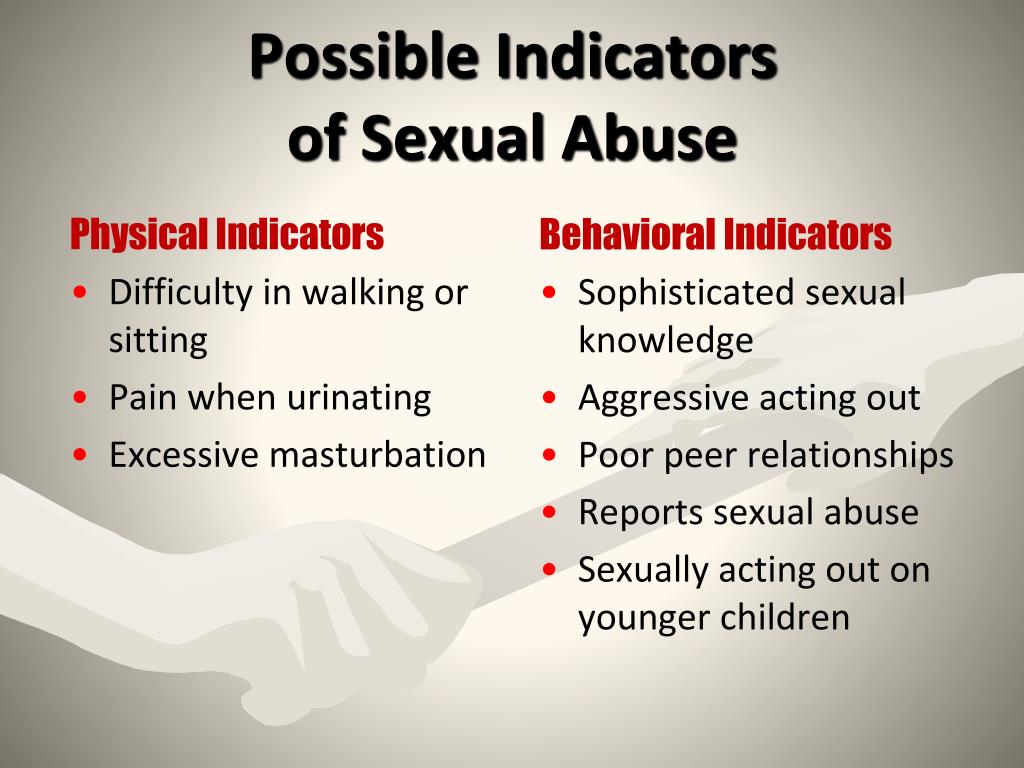 Of course, like any other…1 141579
Of course, like any other…1 141579 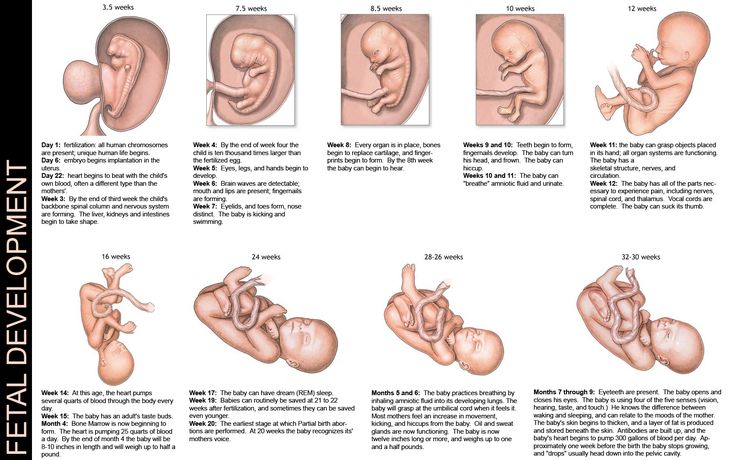 However, it is known that even nulliparous women can establish breastfeeding, what can we say about caesarean section. In this case, breastfeeding, of course, can have its own characteristics, as well as any other non-standard situation. If mom is ready for this, if she learns in a timely manner all the information about both caesarean section and about ...
However, it is known that even nulliparous women can establish breastfeeding, what can we say about caesarean section. In this case, breastfeeding, of course, can have its own characteristics, as well as any other non-standard situation. If mom is ready for this, if she learns in a timely manner all the information about both caesarean section and about ... 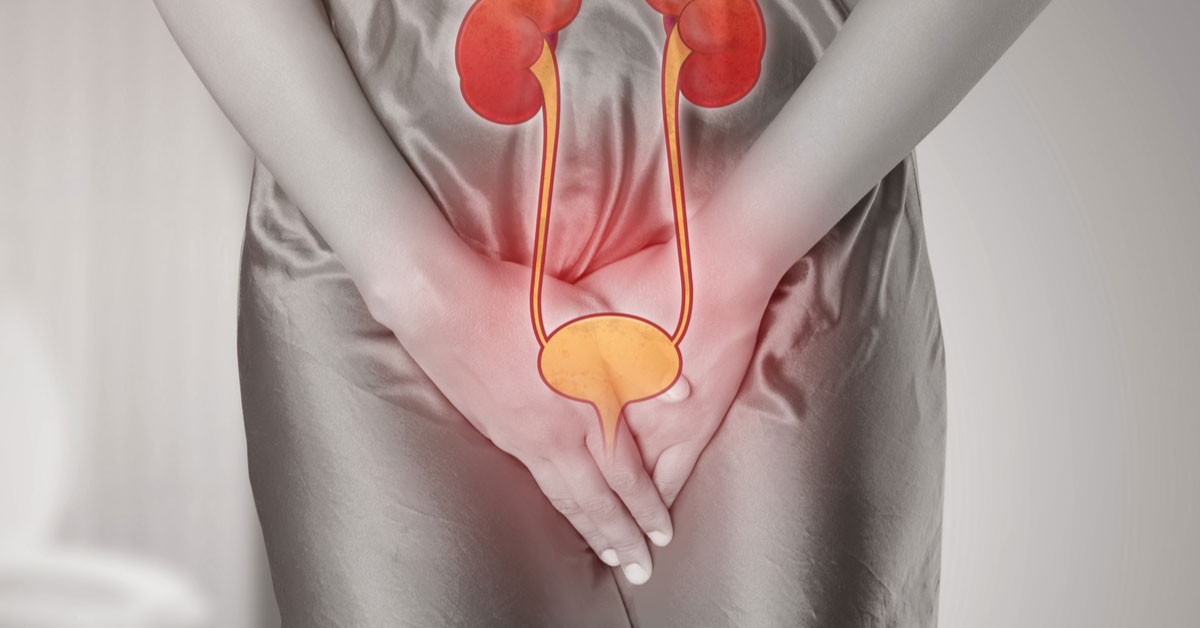 Little things like rolling over on your side, coughing, taking a deep breath, or reaching for the bed are not easy. FIRST DAYS On the first day after the operation, the newly-made mother is in ...
Little things like rolling over on your side, coughing, taking a deep breath, or reaching for the bed are not easy. FIRST DAYS On the first day after the operation, the newly-made mother is in ... 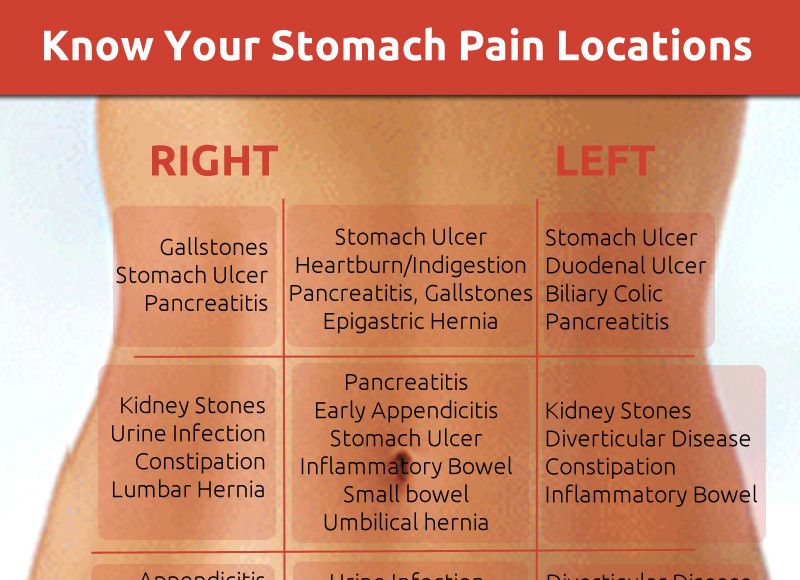 ..
.. 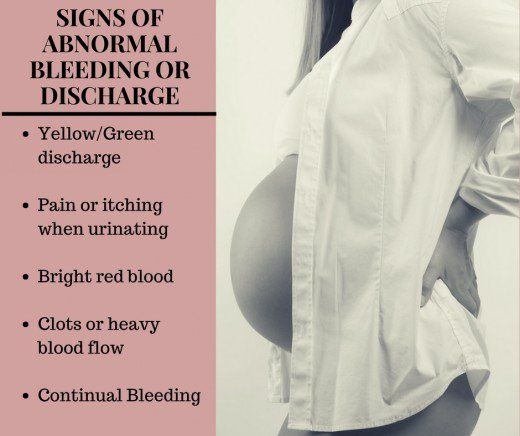 Therefore, recovery time varies from woman to woman. However, all women who have had a caesarean section should be prepared for the fact that pain will be felt for some time. The pain is usually due to the wound itself (due to separation of the placenta), plus postpartum uterine contractions. The accumulation of gases in the body can also provoke pain. The first time you will be prescribed painkillers. ...
Therefore, recovery time varies from woman to woman. However, all women who have had a caesarean section should be prepared for the fact that pain will be felt for some time. The pain is usually due to the wound itself (due to separation of the placenta), plus postpartum uterine contractions. The accumulation of gases in the body can also provoke pain. The first time you will be prescribed painkillers. ... 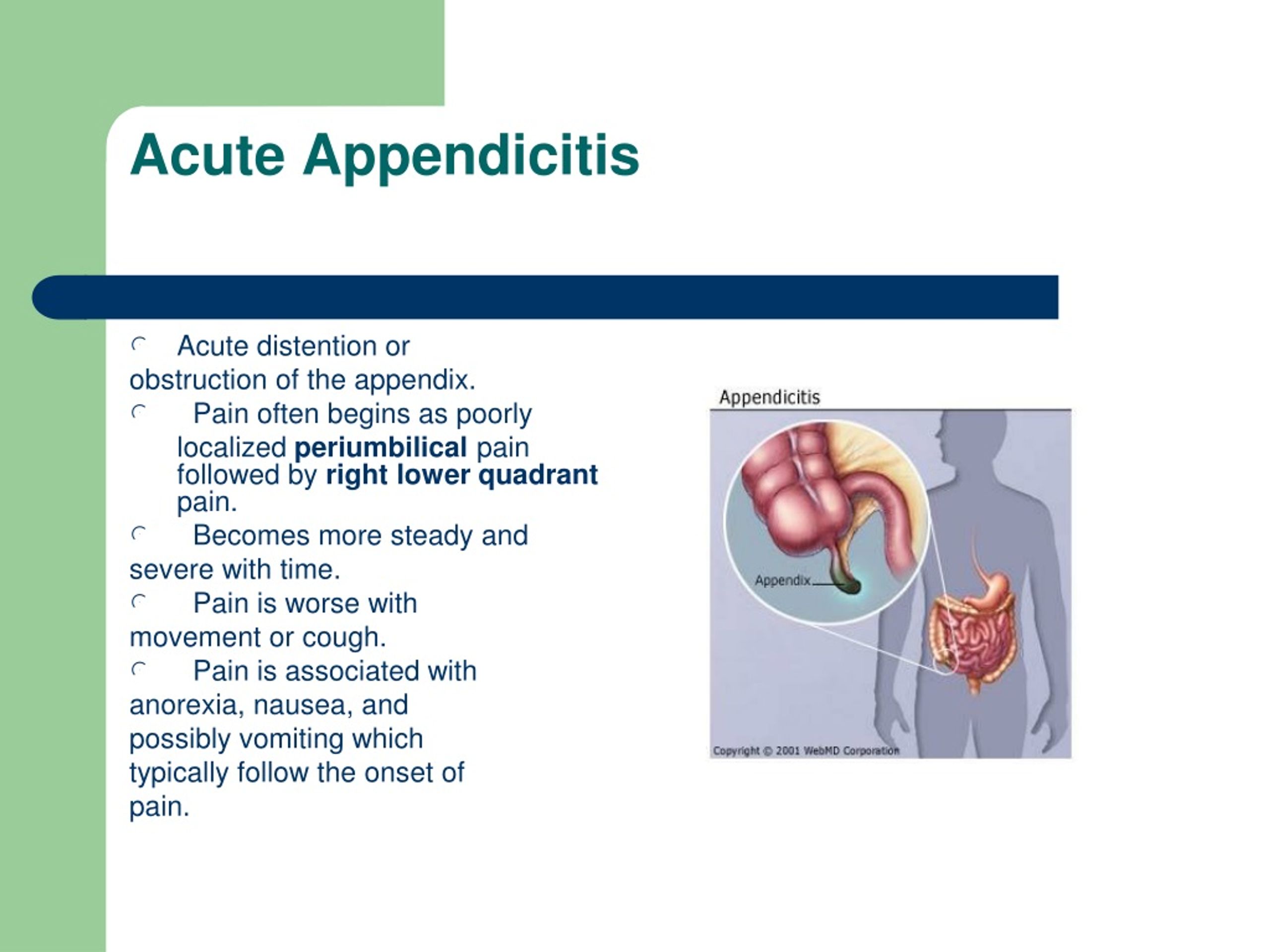 Postpartum changes in the body. The entire body of a woman ...
Postpartum changes in the body. The entire body of a woman ...
C-section recovery
Complain
12 July 2010 13:34 at Personal log Today, a very large number of pregnant women undergo a caesarean section according to the indications of doctors.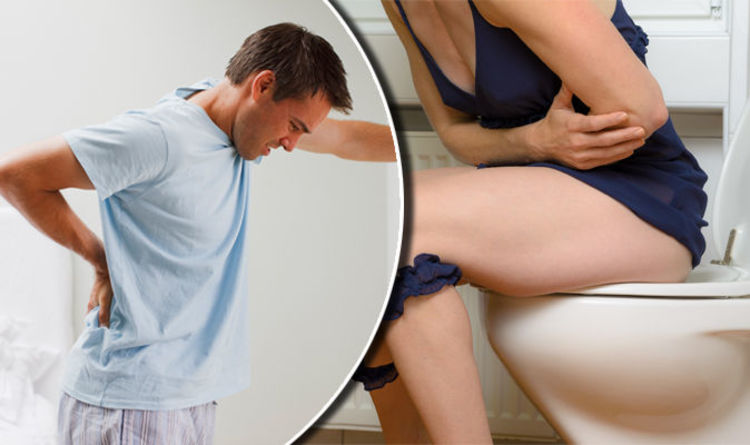 Despite this, the issue of restoring the body after such a surgical intervention is not sufficiently covered in the press, and many mothers, when discharged from the hospital, try to find information that will tell them how to act correctly. After delivery by caesarean section, the body usually recovers longer than after a normal birth. It can take up to six months until the sutures are completely healed and the time when they stop causing any concern to the woman. Throughout this time, a woman in the area ...
Despite this, the issue of restoring the body after such a surgical intervention is not sufficiently covered in the press, and many mothers, when discharged from the hospital, try to find information that will tell them how to act correctly. After delivery by caesarean section, the body usually recovers longer than after a normal birth. It can take up to six months until the sutures are completely healed and the time when they stop causing any concern to the woman. Throughout this time, a woman in the area ...
Exercise after caesarean section Any operation is a shock to the body. Even the one that brings wonderful fruits, or rather the fruit of a long-awaited child. A caesarean section is a full-fledged operation, and it doesn’t matter if it was carried out according to the doctor’s prescription or ...
Complain Any operation is a shock to the body. Even the one that brings wonderful fruits, or rather the fruit of a long-awaited child. A caesarean section is a full-fledged operation, and it doesn’t matter if it was carried out as prescribed by doctors or it was required urgently - after it the body requires special treatment. The first days are the most difficult. There are many troubles - nausea, weakness, pain, prohibitions of a different nature. However, there are exercises that can be done immediately after the operation, as soon as you feel the desire. They will help you restore blood circulation and feel your body again. Of course, no sudden movements! Sit comfortably, stretch your legs, and under your back you can ...
A caesarean section is a full-fledged operation, and it doesn’t matter if it was carried out as prescribed by doctors or it was required urgently - after it the body requires special treatment. The first days are the most difficult. There are many troubles - nausea, weakness, pain, prohibitions of a different nature. However, there are exercises that can be done immediately after the operation, as soon as you feel the desire. They will help you restore blood circulation and feel your body again. Of course, no sudden movements! Sit comfortably, stretch your legs, and under your back you can ...
Exercise after caesarean section Any operation is a shock to the body. Even the one that brings wonderful fruits, or rather the fruit of a long-awaited child. A caesarean section is a full-fledged operation, and it doesn’t matter if it was carried out according to the doctor’s prescription or ...
Complain Any operation is a shock to the body. Even the one that brings wonderful fruits, or rather the fruit of a long-awaited child. A caesarean section is a full-fledged operation, and it doesn’t matter if it was carried out as prescribed by doctors or it was required urgently - after it the body requires special treatment. The first days are the most difficult. There are many troubles - nausea, weakness, pain, prohibitions of a different nature. However, there are exercises that can be done immediately after the operation, as soon as you feel the desire. They will help you restore blood circulation and feel your body again. Of course, no sudden movements! Sit comfortably, stretch your legs, and under your back you can ...
Even the one that brings wonderful fruits, or rather the fruit of a long-awaited child. A caesarean section is a full-fledged operation, and it doesn’t matter if it was carried out as prescribed by doctors or it was required urgently - after it the body requires special treatment. The first days are the most difficult. There are many troubles - nausea, weakness, pain, prohibitions of a different nature. However, there are exercises that can be done immediately after the operation, as soon as you feel the desire. They will help you restore blood circulation and feel your body again. Of course, no sudden movements! Sit comfortably, stretch your legs, and under your back you can ...
January 25, 2012 12:18 pm at Personal Journal
Complain
Exercise after caesarean section Any operation is a shock to the body. Even the one that brings wonderful fruits, or rather the fruit of a long-awaited child. A caesarean section is a full-fledged operation, and it doesn’t matter if it was carried out as prescribed by doctors or it was required urgently - after it the body requires special treatment. The first days are the most difficult. There are many troubles - nausea, weakness, pain, prohibitions of a different nature. However, there are exercises that can be done immediately after the operation, as soon as you feel the desire. They will help you restore blood circulation and feel your body again. Of course, no sudden movements! Sit comfortably, stretch your legs, and under your back you can ... 0 01017
The first days are the most difficult. There are many troubles - nausea, weakness, pain, prohibitions of a different nature. However, there are exercises that can be done immediately after the operation, as soon as you feel the desire. They will help you restore blood circulation and feel your body again. Of course, no sudden movements! Sit comfortably, stretch your legs, and under your back you can ... 0 01017 March 20, 2013 13:01 at Personal Journal
Complain Any operation is a shock to the body. Even the one that brings wonderful fruits, or rather the fruit of a long-awaited child. A caesarean section is a full-fledged operation, and it doesn’t matter if it was carried out as prescribed by doctors or it was required urgently - after it the body requires special treatment. The first days are the most difficult. There are many troubles - nausea, weakness, pain, prohibitions of a different nature. However, there are exercises that can be done immediately after the operation, as soon as you feel the desire.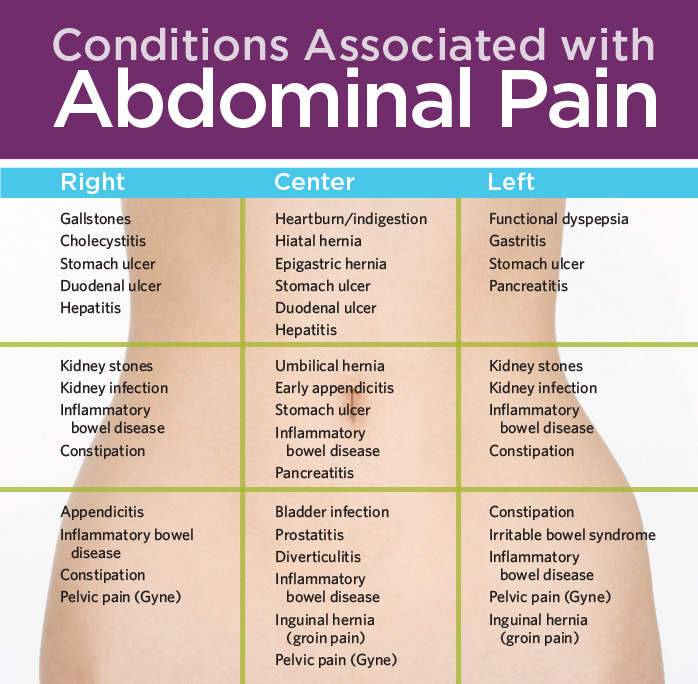 They will help you restore blood circulation and feel your body again. Of course, no sudden movements! Sit comfortably, stretch your legs, and under your back you can ... 0 2540
They will help you restore blood circulation and feel your body again. Of course, no sudden movements! Sit comfortably, stretch your legs, and under your back you can ... 0 2540
Exercise after cesarean...
Complain
May 14, 2013 9:46 pm at Personal Journal Any operation is a shock to the body. Even the one that brings wonderful fruits, or rather the fruit of a long-awaited child. A caesarean section is a full-fledged operation, and it doesn’t matter if it was carried out as prescribed by doctors or it was required urgently - after it the body requires special treatment. The first days are the most difficult. There are many troubles - nausea, weakness, pain, prohibitions of a different nature. However, there are exercises that can be done immediately after the operation, as soon as you feel the desire. They will help you restore blood circulation and feel your body again. Of course, no sudden movements! Sit comfortably, stretch your legs, and under your back you can .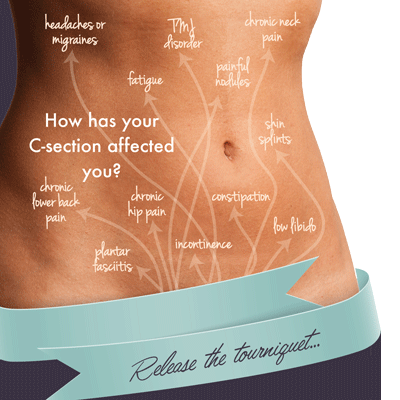 ..
..
Exercise after caesarean section
Complain
August 1, 2012 11:31 am at Personal journal
Any operation is a shock to the body. Even the one that brings wonderful fruits, or rather the fruit of a long-awaited child. A caesarean section is a full-fledged operation, and it doesn’t matter if it was carried out as prescribed by doctors or it was required urgently - after it the body requires special treatment. The first days are the most difficult. There are many troubles - nausea, weakness, pain, prohibitions of a different nature. However, there are exercises that can be done immediately after the operation, as soon as you feel the desire. They will help you restore blood circulation and feel your body again. Of course, no sudden movements! Sit comfortably, stretch your legs, and you can tuck a pillow under your back. Exercise…
0 0466Exercise after caesarean section
Complain
10 April 2014 13:41 at Personal journal
Any operation is a shock to the body.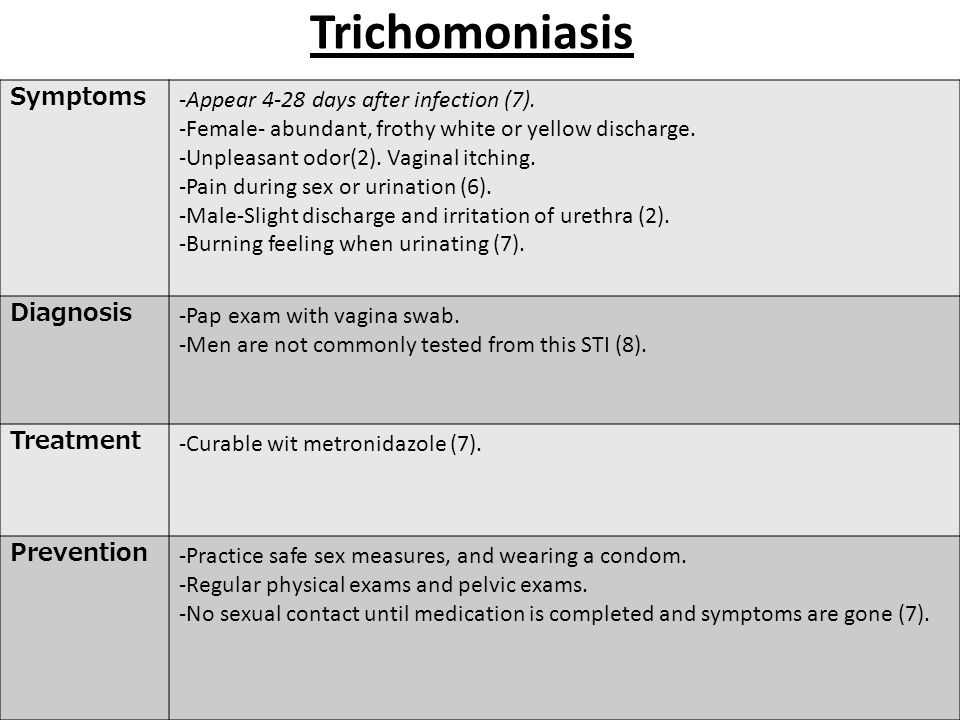 Even the one that brings wonderful fruits, or rather the fruit of a long-awaited child. A caesarean section is a full-fledged operation, and it doesn’t matter if it was carried out as prescribed by doctors or it was required urgently - after it the body requires special treatment. The first days are the most difficult. There are many troubles - nausea, weakness, pain, prohibitions of a different nature. However, there are exercises that can be done immediately after the operation, as soon as you feel the desire. They will help you restore blood circulation and feel your body again. Of course, no sudden movements! Sit comfortably, stretch your legs, and you can tuck a pillow under your back. Exercises to follow...
Even the one that brings wonderful fruits, or rather the fruit of a long-awaited child. A caesarean section is a full-fledged operation, and it doesn’t matter if it was carried out as prescribed by doctors or it was required urgently - after it the body requires special treatment. The first days are the most difficult. There are many troubles - nausea, weakness, pain, prohibitions of a different nature. However, there are exercises that can be done immediately after the operation, as soon as you feel the desire. They will help you restore blood circulation and feel your body again. Of course, no sudden movements! Sit comfortably, stretch your legs, and you can tuck a pillow under your back. Exercises to follow...
Is vaginal delivery or caesarean section better? Natural childbirth after cesarean.
Complain
January 18, 2013 10:34 am at Personal Journal Natural childbirth is the best way to become a mother, and for a baby, the best way to be born. The fact that in recent years, pregnant women often prefer caesarean section to conventional childbirth, is alarming for doctors. The reasons why this happens cannot be compared with the possible consequences of a cesarean. For example, the most common answers to the question: "Why would you like to give birth through surgery, and not in the usual way?" is the fear of pain during childbirth and the fear that the genitals will lose their aesthetic appeal after childbirth. ...
The fact that in recent years, pregnant women often prefer caesarean section to conventional childbirth, is alarming for doctors. The reasons why this happens cannot be compared with the possible consequences of a cesarean. For example, the most common answers to the question: "Why would you like to give birth through surgery, and not in the usual way?" is the fear of pain during childbirth and the fear that the genitals will lose their aesthetic appeal after childbirth. ...
fitball after caesarean
Complain
September 8, 2013 09:12 at Personal log
1. Twisting on the fitness ball. This exercise effectively develops the upper part of the abdominal press. Take the starting position - sit on the fitball, stepping over with your feet, roll the ball under your back and buttocks. The hands are located at the back of the head, but do not clasp the hands together. The legs are bent at the knees, the distance between the feet is slightly wider than the shoulders.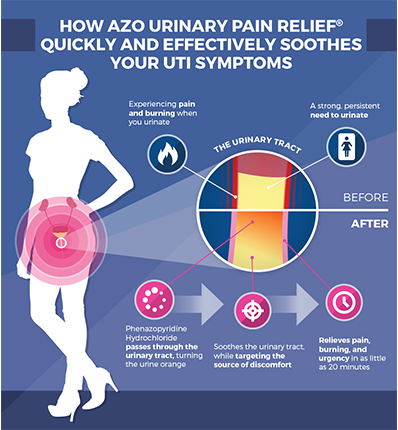 From this position, lift the upper body up, that is, twist the body forward, raising the head, neck and shoulders. Hold this position for 2-3 seconds, then slowly return to the starting position. The lower you lower the body to its original position, the more effectively you will feel the stretching of the press. It is recommended to perform the exercise in 3 sets of ...
From this position, lift the upper body up, that is, twist the body forward, raising the head, neck and shoulders. Hold this position for 2-3 seconds, then slowly return to the starting position. The lower you lower the body to its original position, the more effectively you will feel the stretching of the press. It is recommended to perform the exercise in 3 sets of ...
Who after a caesarean section. Questions.
Complain
March 7, 2014 20:02 at Personal Journal Interested in questions such as: 1. Seam. How long have you been sick? Were there seals, bumps? What they were doing? I have a seam outside, not with self-absorbable threads. Now a lump has formed somewhere in the middle, I will go for an ultrasound on 12.03. 2. How long did the discharge take? I have passed 2 weeks after the EX, they are not very plentiful. Is that how it should be? 3. Was anyone not very pleased at the end of urination? 4. Sex. How long after CS? How is it? What are the feelings? Does orgasm hurt? In general, if some kind of pain is felt, then what kind and where? Thank you all in advance for your replies. 87 most common complaints and questions during pregnancy Complain January 12, 2012 18:04 at Personal log First trimester What are the first symptoms of pregnancy? Most often, a delay in menstruation indicates pregnancy, although in women with irregular cycles, the delay may not be related to pregnancy. There is frequent urination, increased fatigue, nausea or vomiting, engorgement of the mammary glands. Most of these symptoms are normal. Most home tests are sensitive from 9- 12 days of fertilization. Doing the test helps dispel doubts. A blood serum pregnancy test (performed in the laboratory) allows you to detect pregnancy from 8 to 11 days of fertilization. How long after fertilization does the fertilized egg attach to ... November 26, 2013 00:00 at What are the first symptoms of pregnancy? Most often, a delay in menstruation indicates pregnancy, although in women with irregular cycles, the delay may not be related to pregnancy. Postpartum Recovery: Countdown Complain 9 September 2011 16:34 at Personal Journal One of the most common illusions of a future mother is that immediately after birth, a pregnancy that lasted 9months, will completely end, and the female body will immediately return to its original state. What will return is undoubtedly, but that immediately after the birth is a delusion that needs detailed analysis and “exposing”. The fact is that after the child is born and grows up every day, the countdown will begin for his mother - a gradual return to the "pre-pregnant" state, through overcoming the unpleasant sensations for which one must be prepared. Get to know and participate Clubs on Baby.ru are a treasure trove of useful information New Year with the Red October Factory Rubric: Pain during urination In most cases, women after childbirth are concerned about pain during urination after cesarean section . Experts suggest that there is nothing to worry about, because the surgical intervention was transferred. However, acute and prolonged pain, burning of the genitals - these symptoms cause discomfort for a long period of time. If all the symptoms of the problem persist, you should immediately make an appointment with a doctor, subsequently a full examination is prescribed. Contents Most of the causes indicating pain during urination can be divided into 2 types. Non-infectious: Infectious: In addition, injuries can occur after childbirth or caesarean section. In this case, damage is possible through special devices: a syringe or an extractor. Also, when suturing during caesarean section and minor tears can provoke severe pain. Lack of tone after anesthesia can cause characteristic pain. If, after a few days, pain and burning during urination do not stop, then in most cases this indicates penetration into the infection. nine0003 Inflammatory process can start due to many factors: Typical pain occurs in most cases after a caesarean section. In order to contribute to the rapid elimination of the problem, you need to follow a few simple rules. The main ones are: Compliance with all the rules and instructions of the attending physician will help to cope with pain. A prerequisite for this is the absence of sudden movements. If during urination after childbirth there are frequent urges to the toilet and there are cutting pains, then it is difficult to eliminate this without medical help. However, such a manifestation can be slightly alleviated, and over time it can be completely nullified. nine0003 The main thing, in this case, is to follow the recommendations:  nine0003 0 441420
nine0003 0 441420  There is frequent urination, increased fatigue, nausea or vomiting, engorgement of the mammary glands. Most of these symptoms are normal. Most home tests are sensitive from 9- 12 days of fertilization. Doing the test helps dispel doubts. A blood serum pregnancy test (performed in the laboratory) allows you to detect pregnancy from 8 to 11 days of fertilization. How long after ... 16 112074
There is frequent urination, increased fatigue, nausea or vomiting, engorgement of the mammary glands. Most of these symptoms are normal. Most home tests are sensitive from 9- 12 days of fertilization. Doing the test helps dispel doubts. A blood serum pregnancy test (performed in the laboratory) allows you to detect pregnancy from 8 to 11 days of fertilization. How long after ... 16 112074 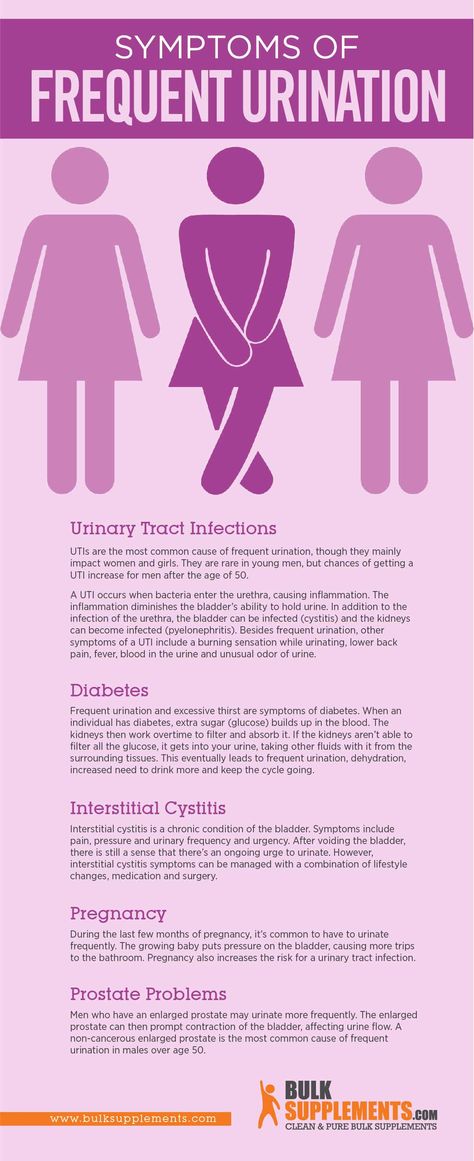 Armed with knowledge, it will be much easier to overcome this difficult period. Postpartum… 9Postpartum fitness childbirth is necessary not only in order to become “as before” again, but also so that fatigue, despondency and weakness give way to cheerfulness, energy and joy. If someone tells you that you need to lose weight after giving birth, be sure that this person wishes you the worst. If only because excessively excessive physical activity and a strict diet are contraindicated for a young mother. Yes, and fat deposited for 9months on the hips and waist, according to the laws of nature, will leave your body along with breast milk. However, this does not mean that the movement should be forgotten. Now, when you are at home most of the time, the body does not ... in order to become “as before” again, but also so that fatigue, despondency and weakness give way to cheerfulness, energy and joy. If someone tells you that you need to lose weight after childbirth, be sure that this person wishes you the worst.
Armed with knowledge, it will be much easier to overcome this difficult period. Postpartum… 9Postpartum fitness childbirth is necessary not only in order to become “as before” again, but also so that fatigue, despondency and weakness give way to cheerfulness, energy and joy. If someone tells you that you need to lose weight after giving birth, be sure that this person wishes you the worst. If only because excessively excessive physical activity and a strict diet are contraindicated for a young mother. Yes, and fat deposited for 9months on the hips and waist, according to the laws of nature, will leave your body along with breast milk. However, this does not mean that the movement should be forgotten. Now, when you are at home most of the time, the body does not ... in order to become “as before” again, but also so that fatigue, despondency and weakness give way to cheerfulness, energy and joy. If someone tells you that you need to lose weight after childbirth, be sure that this person wishes you the worst.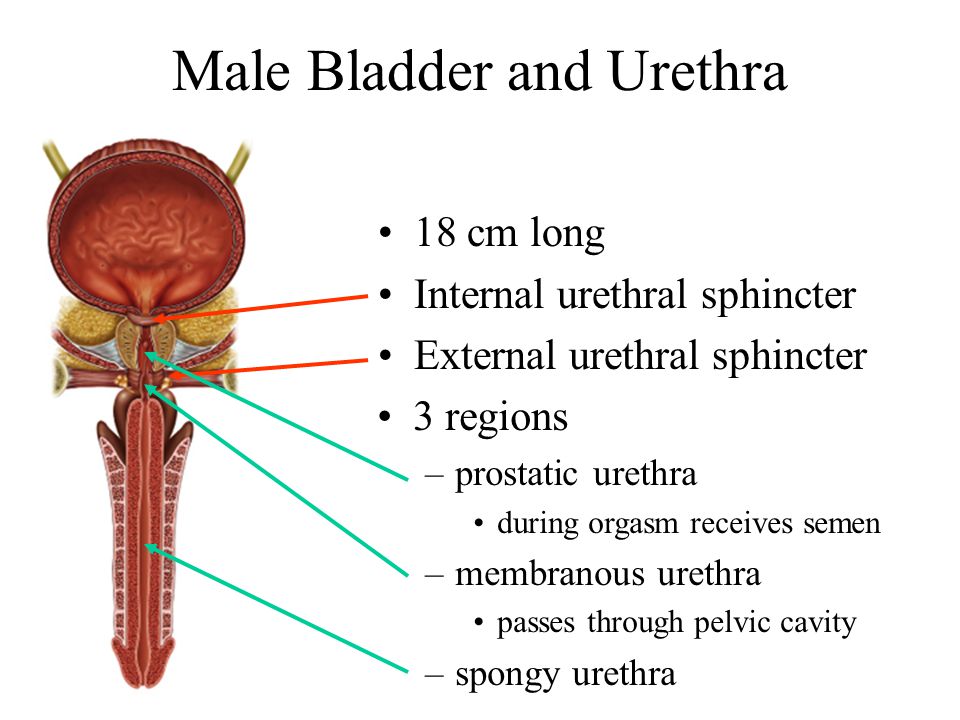 If only because excessively excessive physical activity and a strict diet are contraindicated for a young mother. Yes, and fat deposited for 9months on the hips and waist, according to the laws of nature, will leave your body along with breast milk. However, this does not mean that the movement should be forgotten. Now, when you are at home most of the time, the body does not get as much exercise as it did before ... after childbirth It is necessary to strengthen the body after childbirth not only in order to become “as before” again, but also so that fatigue, despondency and weakness give way to cheerfulness, energy and joy. If someone tells you that after childbirth you need to lose weight - be sure that this person wants the worst for you. If only because excessively excessive physical activity and a strict diet are contraindicated for a young mother. Yes, and fat deposited for 9months on the hips and waist, according to the laws of nature, will leave your body along with breast milk.
If only because excessively excessive physical activity and a strict diet are contraindicated for a young mother. Yes, and fat deposited for 9months on the hips and waist, according to the laws of nature, will leave your body along with breast milk. However, this does not mean that the movement should be forgotten. Now, when you are at home most of the time, the body does not get as much exercise as it did before ... after childbirth It is necessary to strengthen the body after childbirth not only in order to become “as before” again, but also so that fatigue, despondency and weakness give way to cheerfulness, energy and joy. If someone tells you that after childbirth you need to lose weight - be sure that this person wants the worst for you. If only because excessively excessive physical activity and a strict diet are contraindicated for a young mother. Yes, and fat deposited for 9months on the hips and waist, according to the laws of nature, will leave your body along with breast milk. However, this does not mean that the movement should be forgotten. Now, when you are at home most of the time, the body does not receive as much physical activity as it did before birth. This will help you quickly get an answer to your question, and you can also take part in the discussion. nine0003
However, this does not mean that the movement should be forgotten. Now, when you are at home most of the time, the body does not receive as much physical activity as it did before birth. This will help you quickly get an answer to your question, and you can also take part in the discussion. nine0003 Pain and burning during urination after cesarean section
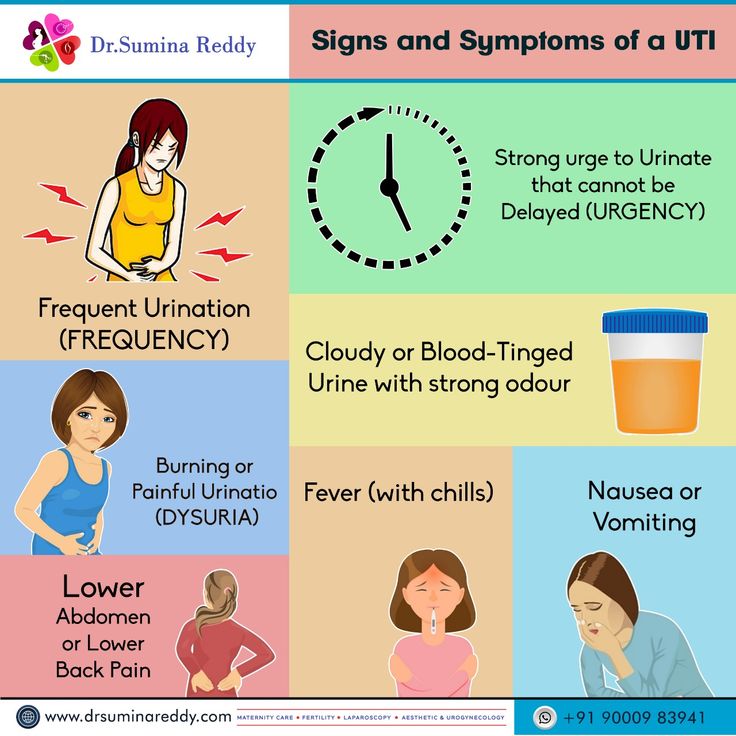
Causes
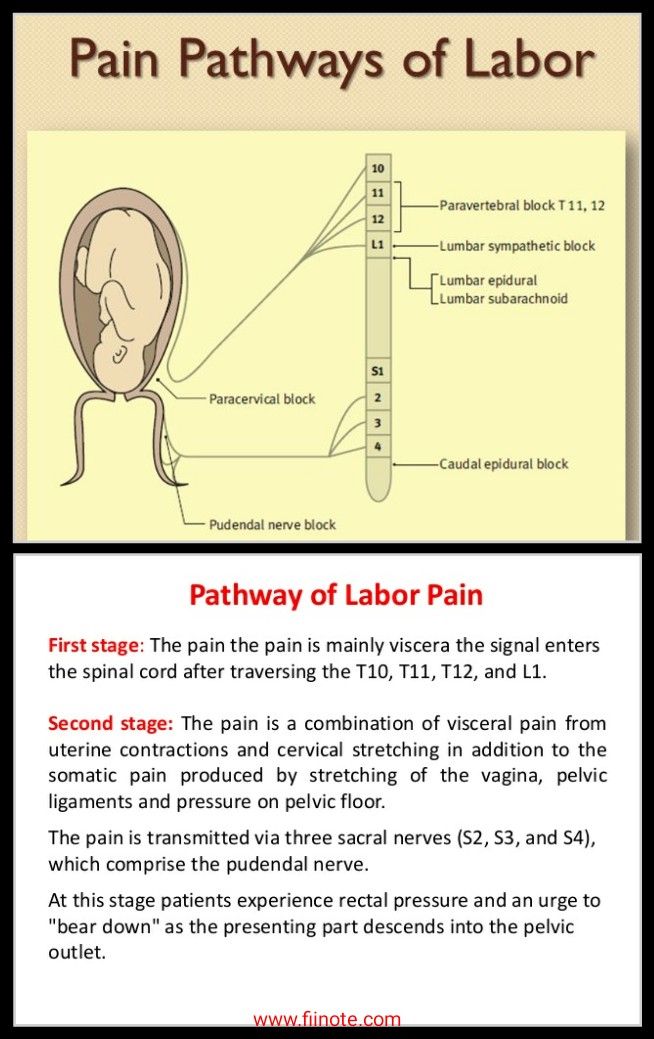 Appears after a few days, while the body temperature rises, there is a rapid heartbeat. nine0396
Appears after a few days, while the body temperature rises, there is a rapid heartbeat. nine0396
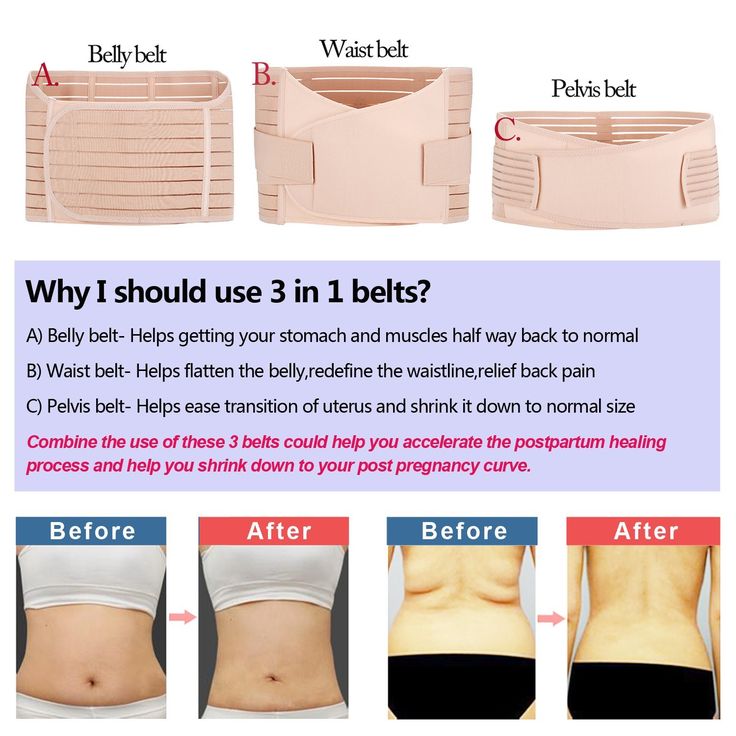 To fix the problem, you need to seek help from specialists. nine0003
To fix the problem, you need to seek help from specialists. nine0003 Preventive measures

How to relieve pain
